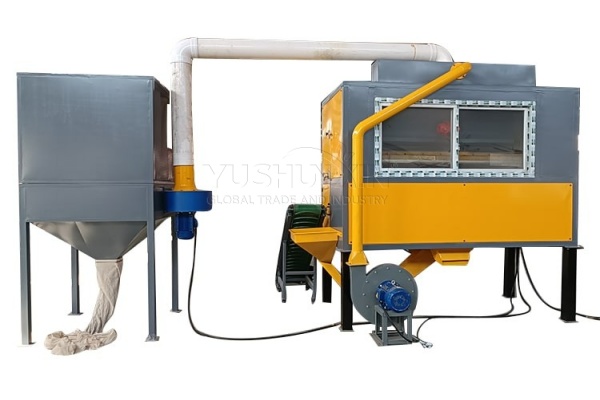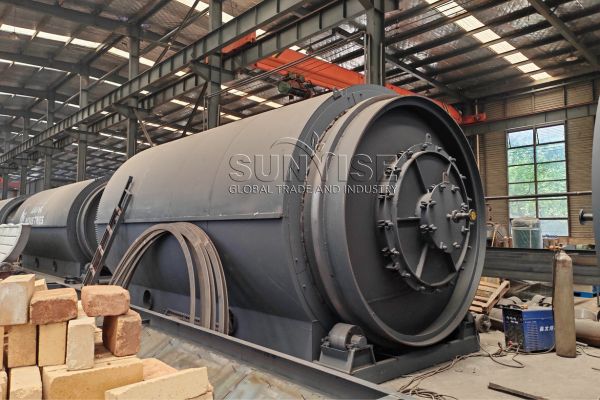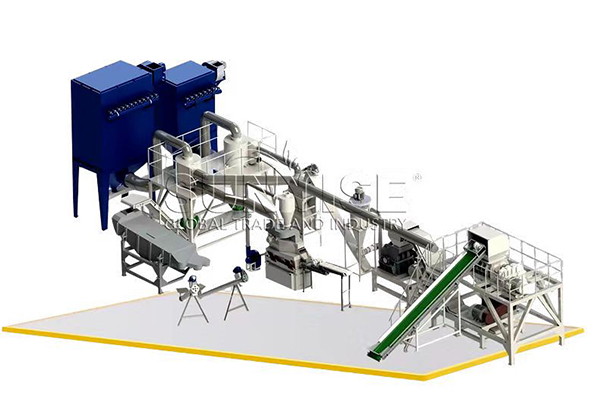When evaluating electrostatic separators from different manufacturers, several performance metrics stand out. Firstly, separation efficiency is crucial. It measures how accurately the machine can separate different materials. High-quality separators from leading manufacturers can achieve separation efficiencies of over 95%, ensuring minimal waste and maximum recovery of valuable components.
Adaptability to Materials
Another significant aspect is the adaptability to various materials. Some electrostatic separators are designed to handle a wide range of particle sizes and conductivities. Manufacturers that offer versatile machines provide an edge, as they can be used in multiple industries. For example, a separator that can effectively process both metallic and non-metallic particles is more valuable than one with limited material compatibility.
Throughput Capacity
The throughput capacity also varies among manufacturers. Top-of-the-line models can process large volumes of material per hour, reducing production time and costs. This is especially important in industrial settings where high production rates are essential. A separator with a high throughput capacity can handle the demands of a busy manufacturing plant, while a lower capacity one might cause bottlenecks.

Durability and Maintenance
Finally, durability and maintenance requirements differ. Well-built electrostatic separators from reputable manufacturers are more durable, withstanding the rigors of continuous operation. They also require less frequent maintenance, minimizing downtime. Comparing these aspects helps in choosing the most suitable electrostatic separator for specific industrial needs.
In addition, if you have interest in lithium battery recycling plant, solar panel recycling machine, circuit board recycling lines, waste tire pyrolysis recycling line and other electronic waste recycling projects, please contact us. Electronic waste recycling machines and solutions, we are professional!
Contact Us





